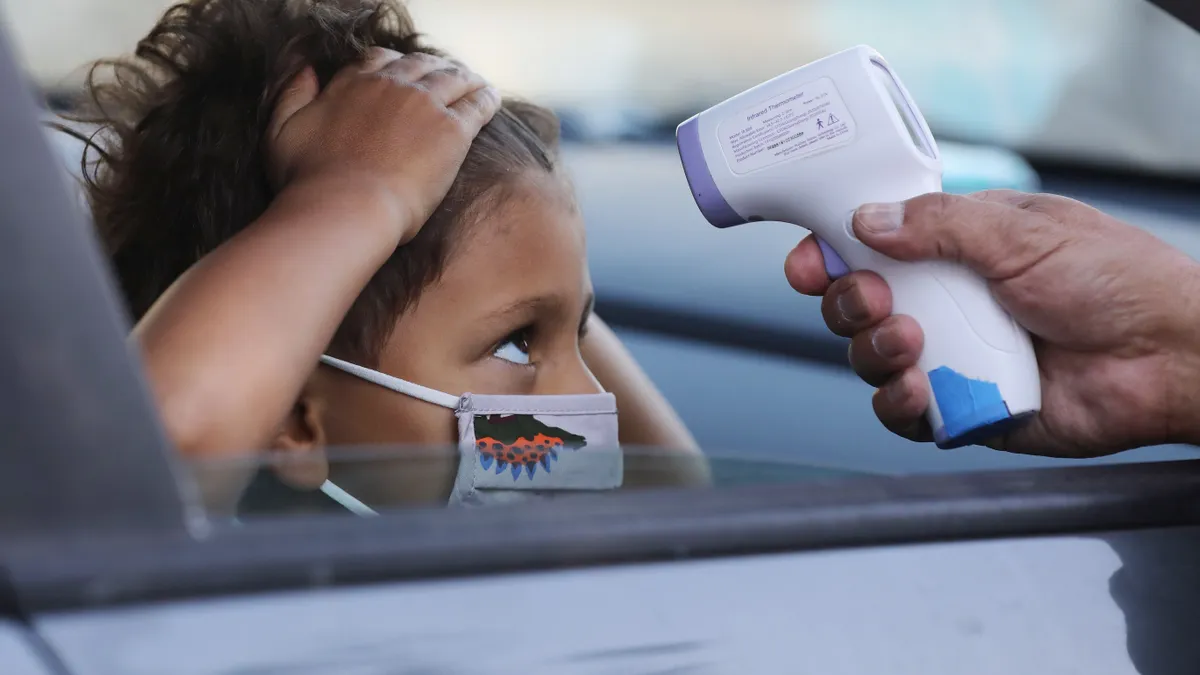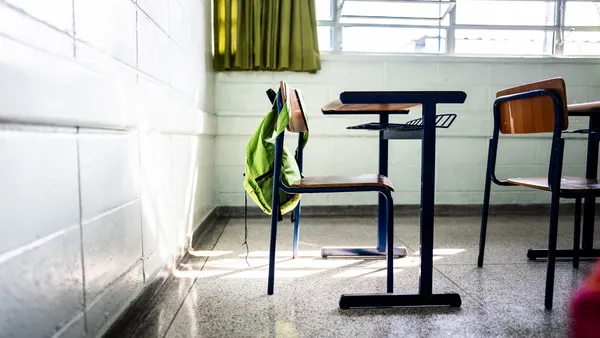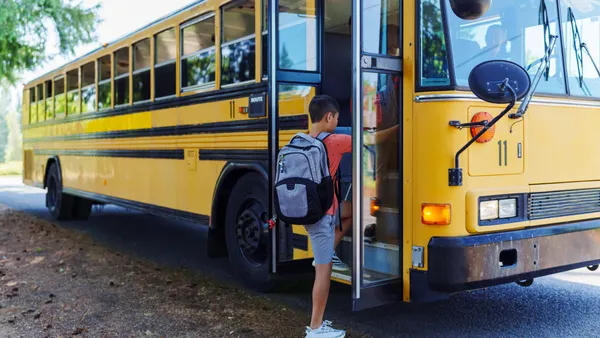Dive Brief:
-
As schools address lost instructional time during a global health crisis, educators should consider analyzing school medical data along with academic metrics to better target resources and intervene earlier when a student struggles with learning, Addie Angelov, founder and executive director of the Paramount Health Data Project, told K-12 Dive on Monday.
-
By correlating information about student visits to the school nurse with academic data, schools can also use that information to advocate for more funds for school health programs; form partnerships with nonprofits; increase efforts toward equitable practices; and better identify students in need of Section 504 services, Angelov said. “The idea that we can at least bring a quantitative voice… a more informed voice than just antedated notes, I think that's what we're trying to make sure is happening,” she said.
-
During the pandemic, school nurses have been critical as schools aim to keep students and staff healthy and safe so learning can continue. Angelov predicts the focus on student health and academic performance will continue to be better aligned. “I just think that COVID is going to affect schools in a health way the same way 9/11 affected schools in a security kind of way,” she said.
Dive Insight:
While Paramount Health Data Project, a non-profit based in Indiana, has consulted with many public and private school systems and has collected non-personally identifiable data variables from one million students across the country, the collection and reporting of school medical data is not a federal requirement, Angelov said.
“This really is a blue ocean when you talk about [health] data for schools, because they aren't required to do it,” she said.
The Paramount Health Data Project works with schools to analyze various student demographic data with health and academic data to determine certain metrics, such as how many visits to the school nurse would students have before their math and English language achievement declines, and what types of ailments reviewed by the school nurse predict lower academic growth.
For example, one school’s academic health report card Angelov shared with K-12 Dive showed students who visited the school nurse seven or more times had significantly lower academic scores, and that students with respiratory and ear-nose-throat complaints had the lowest academic growth from the beginning of the school year to the end of the year.
Although the research methodology used by Paramount Health Data Project is patent pending by the U.S. Patent and Trademark Office, Angelov said the approach could be a national standard. The Indiana Department of Education has approved the Paramount Health Data Project as an Every Student Succeeds Act Level 4 evidence-based practice.
“Our goal is to give schools really strong health data so that they can tell their story in a way as strongly as they can with English or math, or language arts,” Angelov said.








 Dive Awards
Dive Awards




